by Michael Haskew
By the summer of 1940, Hitler’s Nazi war machine had advanced from victory to victory, crushing Poland, overrunning France and the Low Countries, and ejecting Allied forces from the continent of Europe at Dunkirk. British Prime Minister Winston Churchill vowed to resist the enemy to the bitter end. There was to be no negotiated peace with Great Britain. Therefore, to win World War II in the West, the next logical offensive move for Hitler was the invasion of the British Isles.
[text_ad]
The Fuhrer stood on the shore at the Pas de Calais and peered across the English Channel at the white cliffs of Dover. He understood that the success of Operation Sea Lion, as the invasion was named, depended on control of the air. Otherwise, the British Royal Navy and Air Force would ravage the invasion fleet in the narrows of the Channel. The four months of air battles waged in the skies over England from July to October 1940, were collectively known as the Battle of Britain. The victory of the Royal Air Force (RAF) ended the threat of Nazi invasion. However, it was a close-run thing.
Pride Came Before the Fall for Goering
Reichsmarshal Hermann Goering, chief of the Luftwaffe, was confident that his planes and pilots could win the air battle that would necessarily precede Operation Sea Lion. Pompous and arrogant, Goering was an ardent Nazi and in 1940 was second only in power to Hitler in the Nazi hierarchy. A fighter ace of World War I, Goering had taken command of the famous Flying Circus after the death of Manfred von Richthofen, the legendary Red Baron.
He joined the Nazi Party during its earliest days and was wounded during the abortive Munich Beer Hall Putsch of 1923. In 1935, Goering was appointed commander of the Luftwaffe, one of numerous government posts he held during the 12-year Reich. Goering was fond of uniforms and gaudy decorations. He was grossly overweight and addicted to morphine. On the eve of the Battle of Britain, his air force had already failed to deliver on one of its chief’s promises – the obliteration of the Allied troops at Dunkirk. Thousands of British and French soldiers had escaped to fight another day.
Goering’s tactical opponent in the Battle of Britain was Air Chief Marshal Hugh Dowding, who had assumed the leadership of RAF Fighter Command in 1936. Nicknamed “Stuffy” because his personality was apparently devoid of humor, Dowding nevertheless was known as one who cared for his pilots and understood the dangers they faced. He was responsible for introducing modern combat aircraft such as the Supermarine Spitfire and Hawker Hurricane into service and developed a system of integrated defense for the British homeland. He successfully avoided sending precious planes and pilots to France in support of the failing defense against the German invasion in the spring of 1940. He also managed to hold enough aircraft in reserve to continue the fight – even during the darkest days of the Battle of Britain when it appeared that the RAF would be overwhelmed.
Mounting Losses & A Strategic Blunder
Mounting losses and the strategic blunder that switched Luftwaffe bombing from RAF airfields to British cities contributed heavily to the German defeat in the Battle of Britain. Dowding, though, had placed the RAF in a position to win. He did it without fanfare, without grandstanding, and without overpromising. His removal as leader of Fighter Command in November 1940 is a sad postscript to his years of indispensable service. Dowding died in 1970 at the age of 87.
As for Goering, the world came to know the Reichsmarshal as a war criminal. He cheated the hangman by taking cyanide in his prison cell at Nuremberg in October 1946.
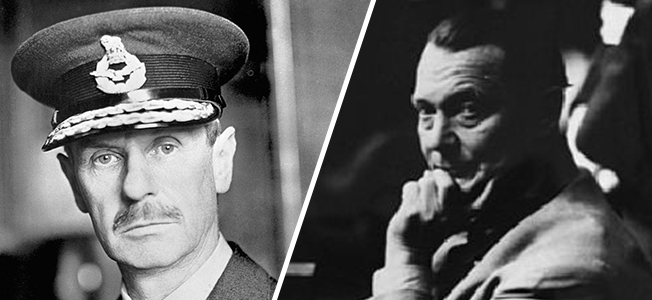
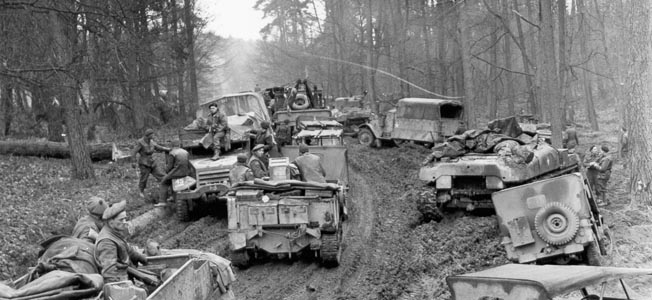
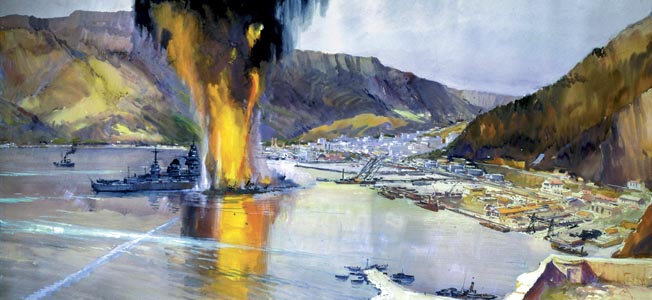
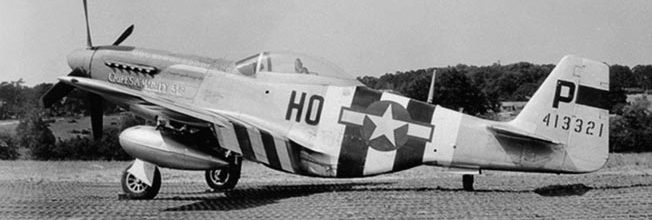
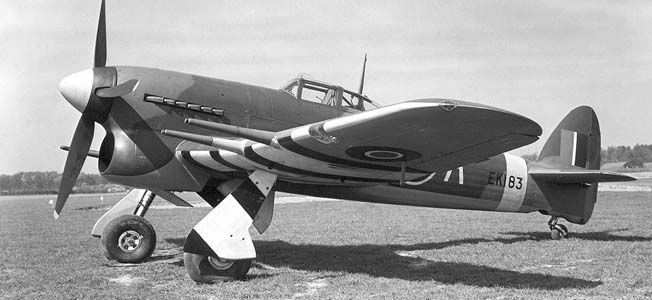
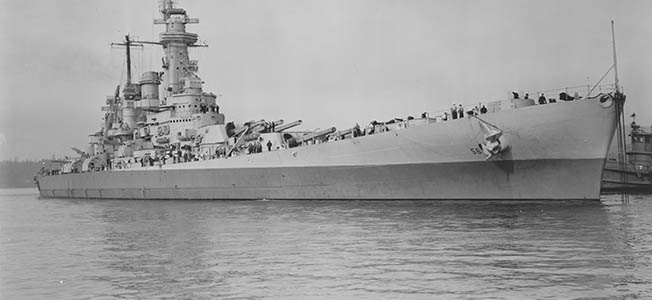
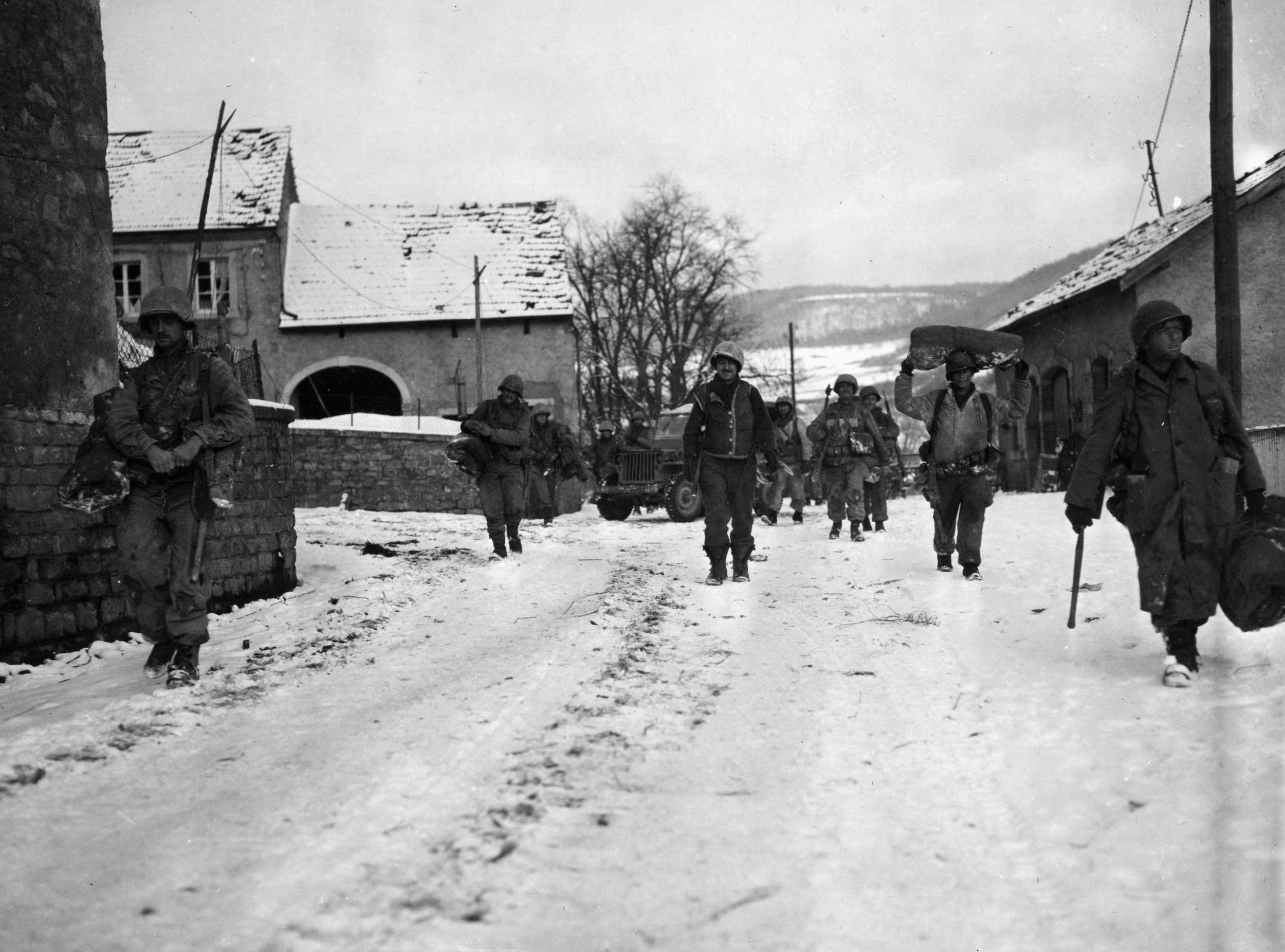
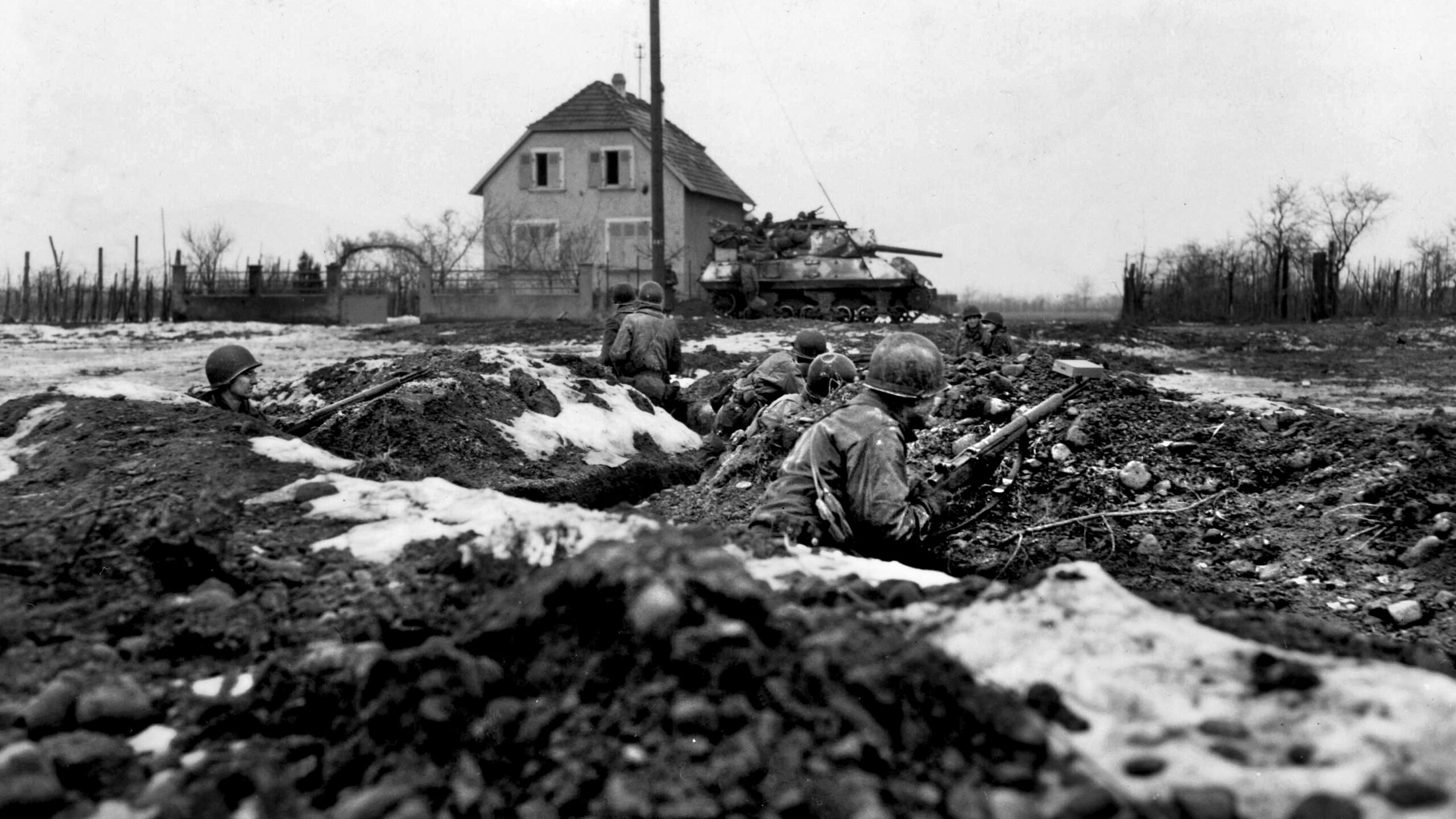
Join The Conversation
Comments
View All Comments